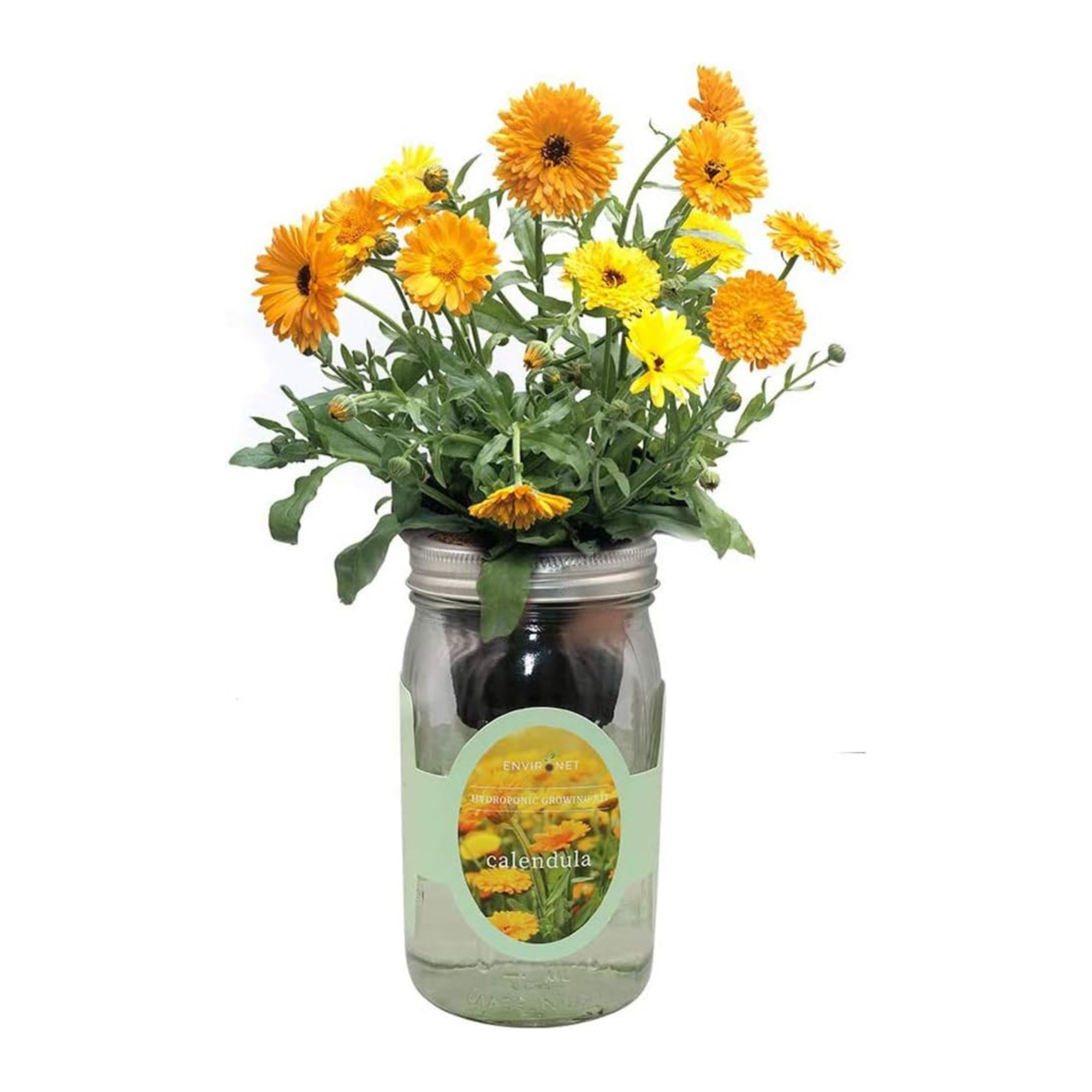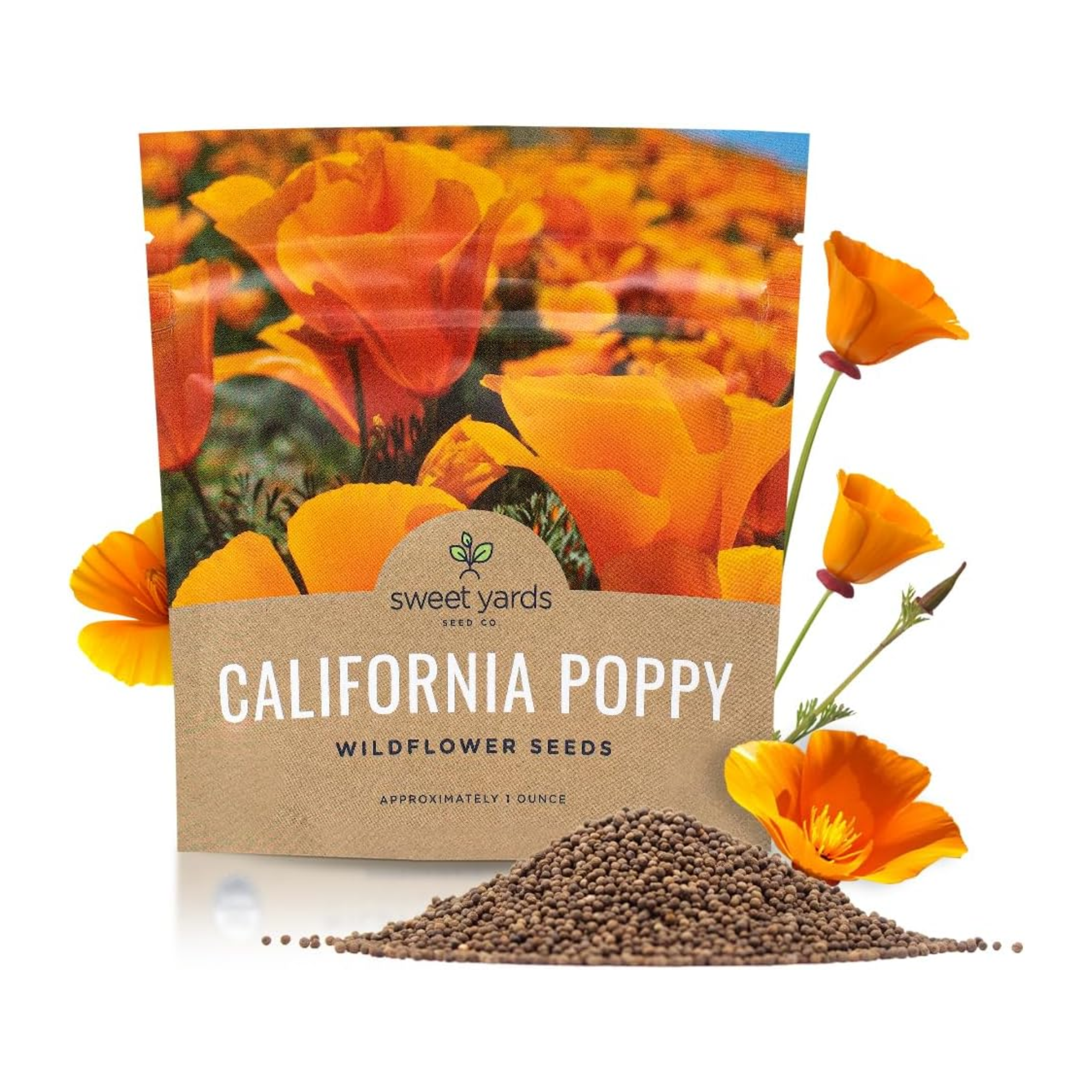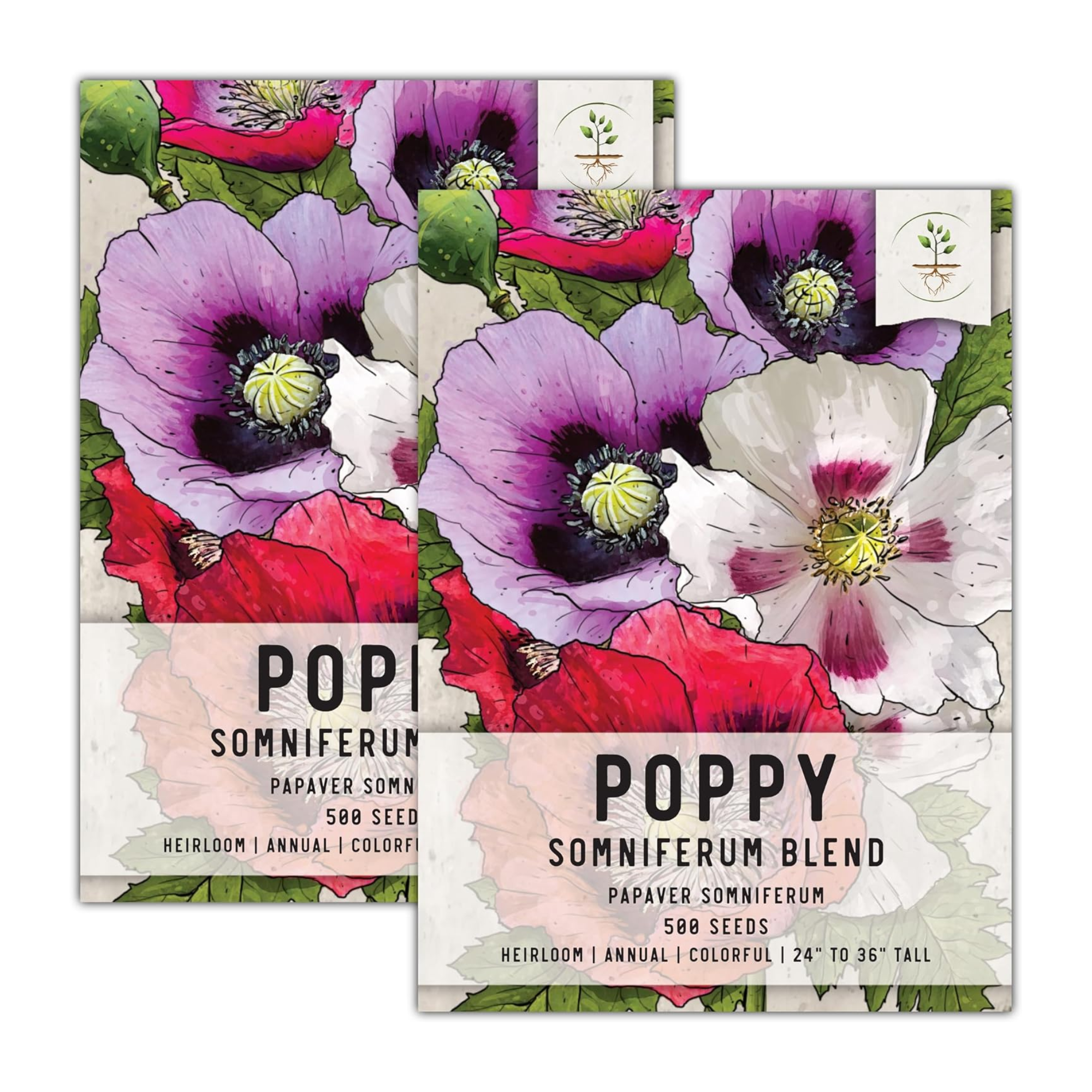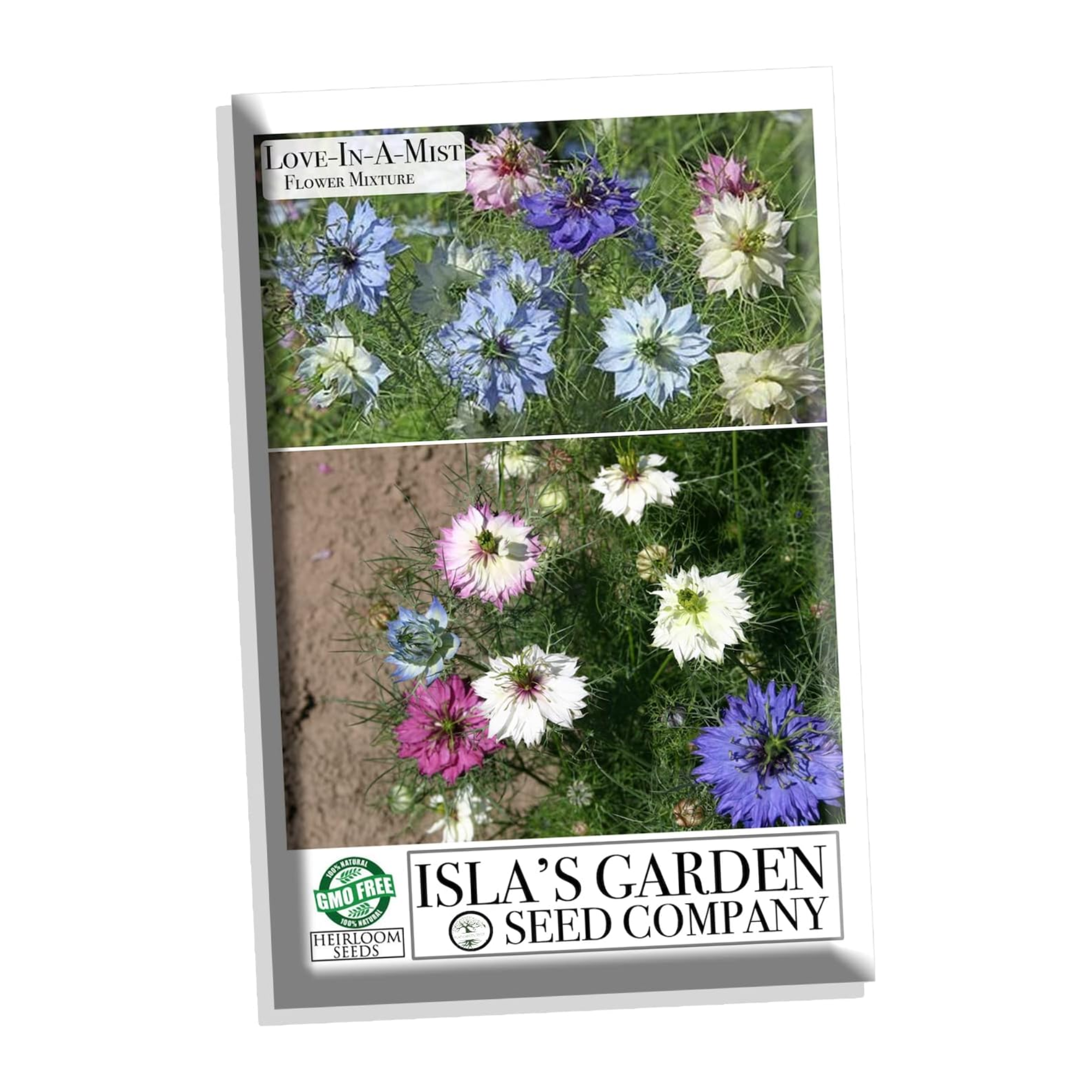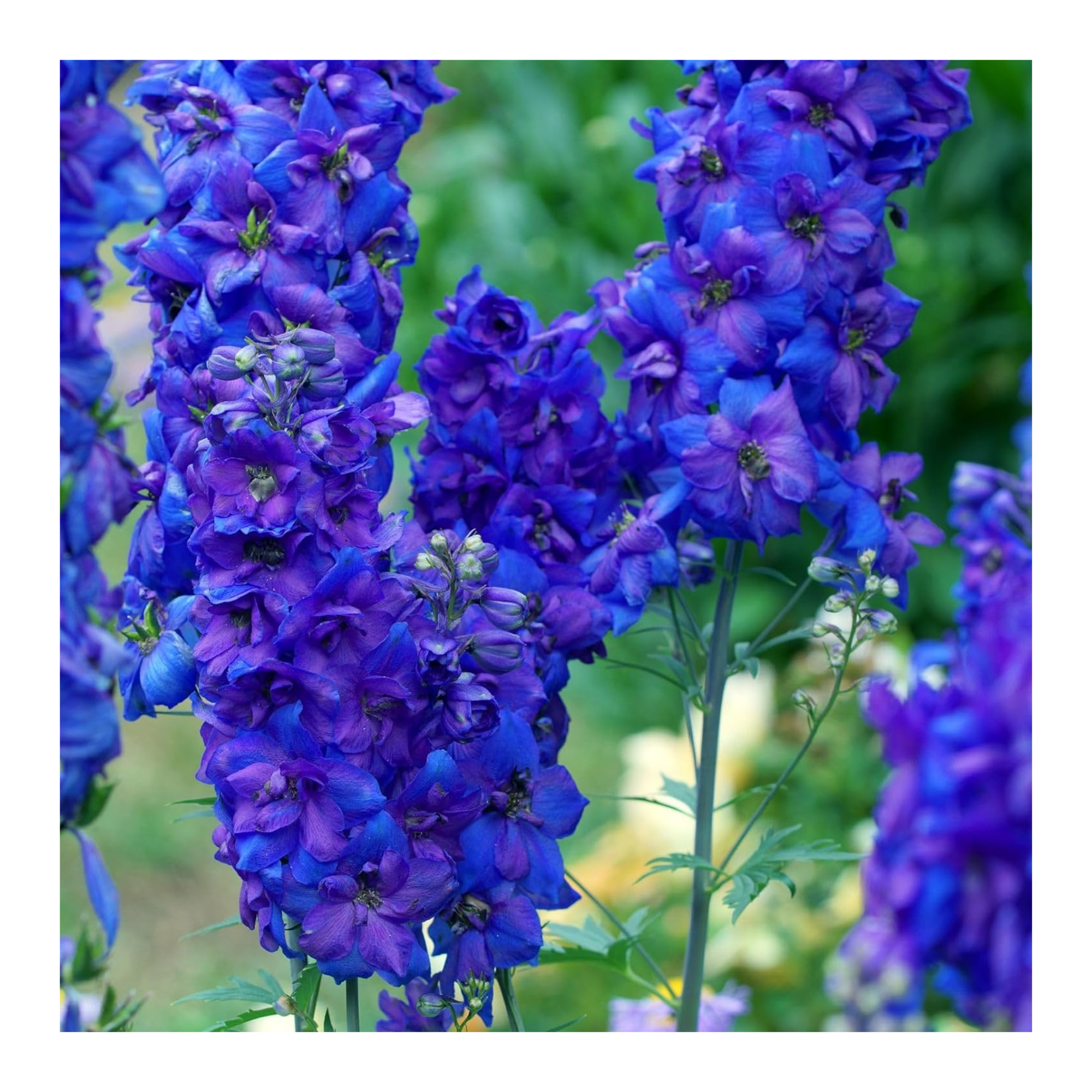6 Self-Seeding Plants You Should be Growing in Your Backyard for a (Mostly) Self-Sufficient Garden
All you need to do is seed once and enjoy the blooms for ages to come


Work smarter, not harder — that's been a big mantra this year. Besides applying it to your jobs and chores, you can also adopt this clever phrase into your gardening. And we've found one of the best ways to do it — self-seeding plants.
So we consulted the experts and they've given us some brilliant insight on what we should be growing and how to care for these new additions. If you want a garden that looks after itself year after year, self-seeding plants are a good low maintenance garden idea.
The magic of it all lies in the fact that they're self-seeding, which simply means that you sow the seeds once and let the flowers prosper and regrow on their own. Low-maintenance, money-saving, and bunches of gorgeous petalled florals — that's a win-win.
1. Calendula

Gardening expert Tony O'Neill tells us that calendulas are one of the top self-seeding flowers to bring into your backyard. He explains that these bright orange blooms attract pollinators that help disperse their seeds all around the flower beds.
'They prefer full sun and well-drained soil,' he says. 'And don't forget to deadhead spent flowers to encourage more blooms.'
Additionally, calendula is also one of the best edible flowers to grow in your garden. You can cut them for vibrant in-house bouquets or add them to your summer salads for a floral garnish.
Hardiness zones: 9-11
2. Poppy

According to Tony, poppies are stunningly delicate self-seeding flowers that add a splash of color to any outdoor space. Sal Musto, planting expert and founder of Salcorp Landscaping, also finds poppies to be brilliant for self-seeding gardens.
The Livingetc newsletters are your inside source for what’s shaping interiors now - and what’s next. Discover trend forecasts, smart style ideas, and curated shopping inspiration that brings design to life. Subscribe today and stay ahead of the curve.
'Their vibrant orange blossoms bloom throughout summer and generously drop seeds,' he notes. 'They do well in poor, dry soil and full sun.'
Sal also tells us that the seeds remain dormant through winter and germinate once temperatures rise in spring. So this gives you a pre-prepped set of blossoms to look forward to as the seasons flip by.
Hardiness Zones: 2-8
3. Nigella

In conversation with Tony, he describes nigella as unique, feathery foliage with charming blue flowers. These intriguing blooms are especially lovely if you're looking to add a playful batch of flowers to a whimsical garden.
'They thrive in full sun to partial shade and well-drained soil,' he notes. 'Remember to allow seed pods to mature for self-seeding.'
If you're like me and you love to pick out your own flowers and craft yourself seasonal bouquets, cut flower garden ideas may be your best bet. And nigella happens to be up there with the best of them.
Hardiness Zones: 2-11
4. Larkspur

Larkspur, also known as delphinium, are beautiful blooms that add visual interest and tons of color to a garden — they're also great if you're looking for vertical garden ideas.
Tony explains that it's the tall spikes of these vibrant flowers that attract bees and help with pollination. 'When caring for these flowers, not that they need full sun and rich, well-drained soil,' he says. 'And leave the seed heads to dry on the plant for successful reseeding.'
And when it comes to the best flowers for a nice-smelling backyard, larkspur's subtle yet enticing fragrance makes them a must-have.
Hardiness Zones: 2-11
5. Borage

Tony tells us that borage sprouts edible blue flowers that easily attract pollinators. In fact, they're one of the best flowers for bees. He recommends planting these fuzzy flowers in sunny spots with well-drained soil. He also suggests allowing some flowers to go to seed for self-sowing.
Also known as starflowers due to their distinctively shaped blooms, these plants offer garnish for your food and are also often added to drinks.
So if you're dining al-fresco and are looking to give your beverage an extra finishing touch, all you need is to pick a flower or two and you're good to go.
Hardiness Zones: 3-10
6. Foxglove

Another beautiful vertical bloom, foxglove boasts stunning bell-shaped flowers that tower in a conical form. Tony explains that these plants are natural re-seeders and pollinate on their own.
'These flowers feature tall spires of tubular flowers that attract hummingbirds,' says Tony. 'I find that they are best grown in partial shade and moist, well-drained soil.'
So if you're interested in fostering a lush backyard full of pretty blossoms, these self-seeding flowers are likely perfect for you.
Hardiness Zones: 4-9
FAQs
How to care for your self-seeding garden?
Tony tells us that self-seeding gardens are fairly easy to handle and encourages gardeners to prune when needed. Remember, you'll need the right pruning tools for this.
'While deadheading can encourage more blooms, leaving some flowers to go to seed will ensure they reseed for the next season,' he says. 'And apply a thin layer of mulch around self-seeding plants to retain moisture and suppress weeds without hindering seed germination.'
Besides the basics, Tony also recommends avoiding disturbance to the soil where self-seeding plants are growing to allow seeds to germinate naturally.
How to help the plants self-seed?
To help these plants self-seed, Sal recommends avoiding deadheading them after the first bloom to let the seeds fully develop. Understanding when to deadhead perennials and annuals is essential for a healthy garden. 'Then either shake the dried seed heads over the soil to drop the seeds or let the wind naturally disperse them,' he says. 'Rake the area lightly to ensure good seed-to-soil contact.'
He encourages gardeners to only water weekly, as the seeds need warmth to germinate. 'The following spring, you’ll be rewarded with new seedlings,' he says. 'Then you can either transplant or thin out your fresh crops.'
Alternative gardening buys

Amiya is a Home Wellness Writer at Livingetc. She recently graduated with a Masters Degree in Magazine Journalism from City, University of London, and has lent her words to beauty, fashion, and health sections of lifestyle publications including Harper’s Bazaar and Women’s Health. Her experience as a research analyst has equipped her with an eye for emerging trends. When she’s off the clock, she can be found reading, listening to music, or overanalyzing her latest Co-Star update.


